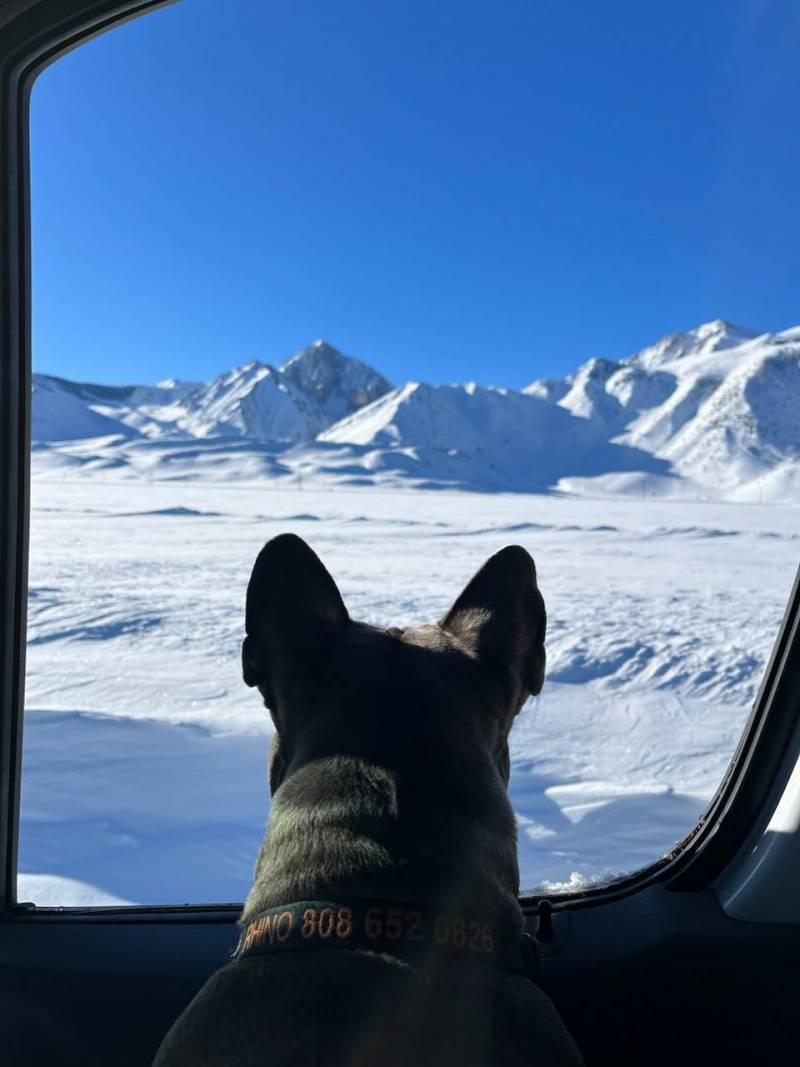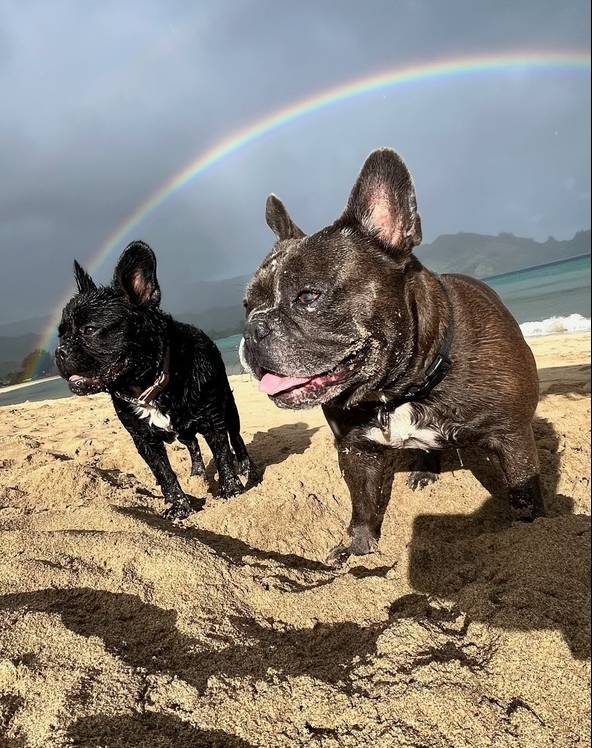Bringing Your Furry Friends to Hawai‘i: A Complete Guide for Pet Travel
For us, our pets are much more than just animals—they’re family. Whether we’re traveling between California and Hawai‘i to manage our investment properties, visiting our son at SDSU, or exploring new destinations, traveling with our dogs, Rhino and Ellie, makes being away from home that much easier. Over time, we’ve become comfortable navigating the Direct Airport Release (DAR) program through the Hawai‘i Department of Agriculture. While the process can seem overwhelming at first, it’s incredibly rewarding when you’re well-prepared.

Hawai‘i has maintained strict quarantine measures since 1912 to protect its rabies-free status, and for good reason. But with the right documentation and preparation, you can bring your pet to the islands with confidence and peace of mind.
Curious about how to do it? Here’s everything you need to know!
(Please note that policies and guidelines may change. Always check the Hawai‘i Department of Agriculture’s website for the latest information before you travel.)

1. Microchipping is a Requirement
Before booking your flight, make sure your pet is microchipped. This is a requirement for the early release program in Hawai‘i. Without a functional microchip, your pet will be placed in quarantine. Ensure that the microchip is registered, updated, and working properly to avoid delays.
2. Rabies Vaccination Requirements
As the only rabies-free state in the U.S., Hawai‘i has strict requirements for bringing animals into the state. To qualify for the early release program, your pet must have:
- At least two rabies vaccinations, with the most recent administered at least 30 days before arrival.
- Each vaccination must be spaced at least 30 days apart.
- Keep the original certificates for both vaccinations, signed in ink by a licensed veterinarian. The certificates must include:
- Vaccine name
- Lot or serial number
- Booster interval
- Vaccination date
- Vaccine lot expiration date
3. FAVN Rabies Antibody Test
Your pet must pass the FAVN Rabies Antibody Test from an approved lab, such as Auburn University (AU), Kansas State University (KSU), University of Missouri (MU), or the Department of Defense Food Analysis and Diagnostic Laboratory in Texas (DOD).
- The test must be completed 30 to 36 months before arrival. The blood sample must not be older than 36 months and not less than 30 days before your scheduled arrival date.
- Make sure to obtain a copy of the test result from your veterinarian (the result will include your pet’s microchip number). Do not contact the laboratory directly.
Important Note: Pets must complete a 30-day waiting period from the date the lab receives the blood sample before entering Hawai‘i. If your pet arrives before this period is complete, they will be subject to quarantine.
4. Required Documents Upon Arrival
To qualify for the early release program, you’ll need to submit the following documents:
- Dog & Cat Import Form (AQS-279)
- Two original rabies vaccination certificates, signed in ink by your vet
- Original health certificate, issued within 14 days of arrival
- Proof of tick and tapeworm treatment from your vet
5. Submit Your Documents Early
Submit all required documents at least 10 days before your arrival. For tracking, use an overnight service or request a return receipt. Be sure to include a cashier’s check for any fees. Always keep copies of the documents you send for your records.
6. Plan Your Arrival Time Carefully
Coordinate your flight so that it arrives during the operating hours of the Airport Animal Quarantine Holding Facility (AAQHF) at Daniel K. Inouye International Airport (HNL). The facility operates from 8 a.m. to 4:30 p.m. Pets arriving outside of these hours will be held overnight, causing delays in their release. To avoid unnecessary waiting, choose a flight that aligns with these hours to ensure timely processing.
7. Traveling to Neighbor Islands
If you’re traveling to a neighbor island (such as Maui, Kaua‘i, or the Big Island), you’ll need to apply for a Neighbor Island Inspection Permit. The process is similar to the one for O‘ahu, but there may be slight variations, so it’s a good idea to confirm the details ahead of time. For Neighbor Island Direct Release, all paperwork must be submitted at least 30 days before arrival.
Contact Information:
For more details or if you have any questions, contact the Hawai‘i Department of Agriculture – Animal Quarantine Station:
Address:
99-951 Halawa Valley Street
Aiea, HI 96701-5602

By following these steps and allowing plenty of time for preparation, you’ll ensure that your furry companions, Rhino and Ellie, are ready for their Hawaiian adventure! With the right planning, your pets will be able to join you on your travels with minimal stress. Safe travels!


Sherri Crichton
November 13, 2024
AMAZING ….ONE STOP FOR ALL THAT GREAT INFO! Thank you AMY❤️🐾🐾🐕🦺